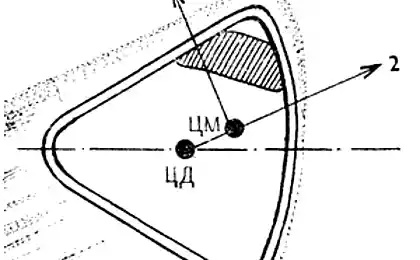1366
The spacecraft with "solar sail» LightSail leave for its first flight in May

Solar sail - an interesting concept, which has been repeatedly mentioned in many science fiction. In theory, with a sufficiently large outer surface area "sail" and its small thickness, the pressure of the solar wind acting sufficiently long time, may cause the spacecraft to achieve a sail with significant velocity. It's all in theory, in practice it is difficult - there may be problems that are now just is not apparent.
In May, the first flight will leave the solar sailer LightSail, now developed by a group of enthusiasts who support The Planetary Society . Miniature ship LightSail with housing size 10 * 30 centimeters off on its maiden flight in May, it will bring into orbit Atlas V.

While it would not be a complete journey - the solar wind for the movement will not be used. Try to straighten the ship sails, and developers to check how the whole system works. Sails - 4, and the thickness of each is only 4, 5 micron (it is 4 times thinner than the material used to make conventional trash bags). The total sail area - 30 square meters. When LightSail will go into orbit, it will be seen to observe from Earth. Developers will report the coordinates of the ship to watch him amateur astronomers. The unit is equipped with its own system of orientation in space, based on the work with the Earth's magnetic field.
After the first flight will launch two versions of the device that will be sent with the launch vehicle Falcon Heavy by SpaceX. At this time, experts will check the health of the very principle of motion of the solar sail. It is worth noting that the moment of deployment of the sail will be filmed another companion, Prox-1.
The total cost of the project amounted to US $ 4 million, and investors were private individuals. Perhaps this project will help create not experienced, and used in the space industry, ships, capable of carrying a person on long distances.
Source: geektimes.ru/post/244922/
Conversation with astronaut: the fear, the icons and subordination
Russia has made its first own sample of beryllium























